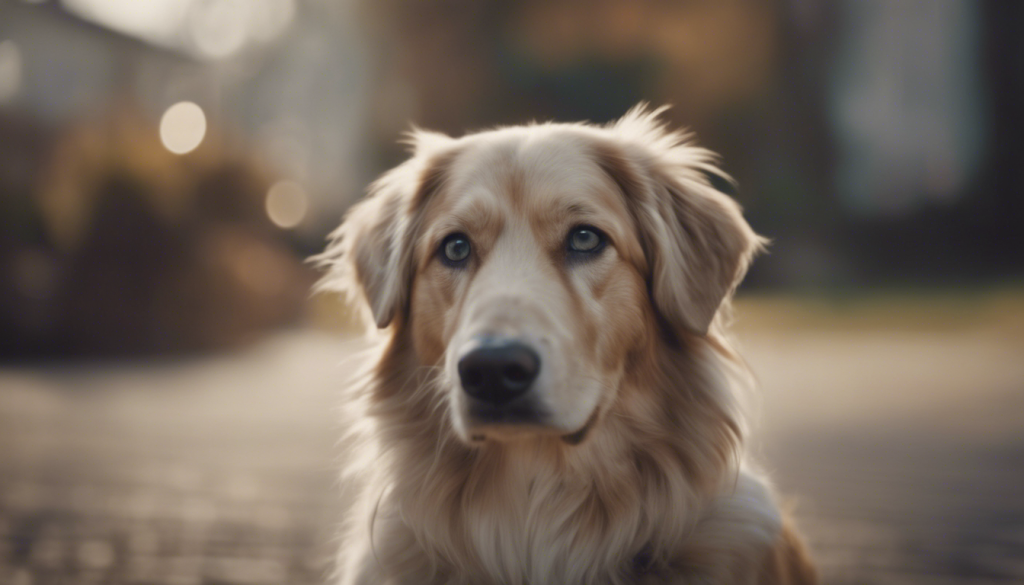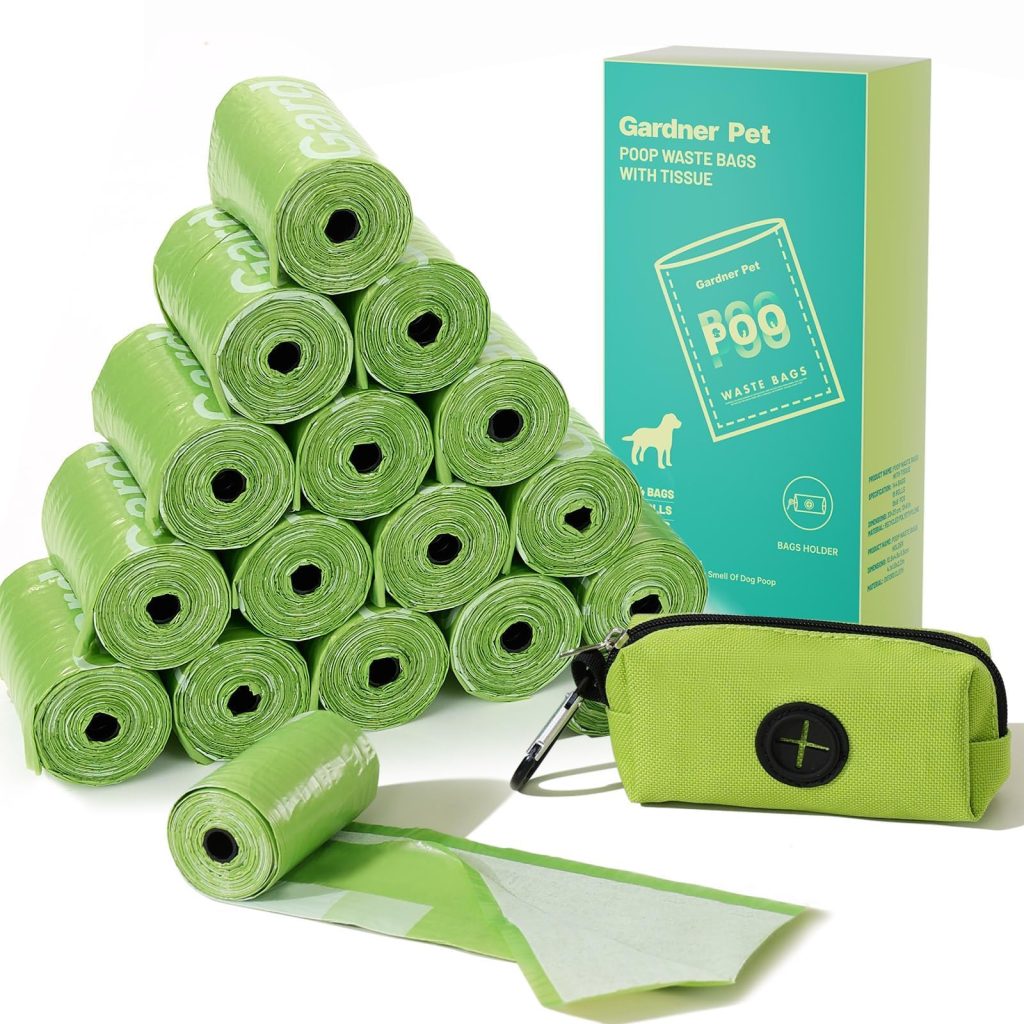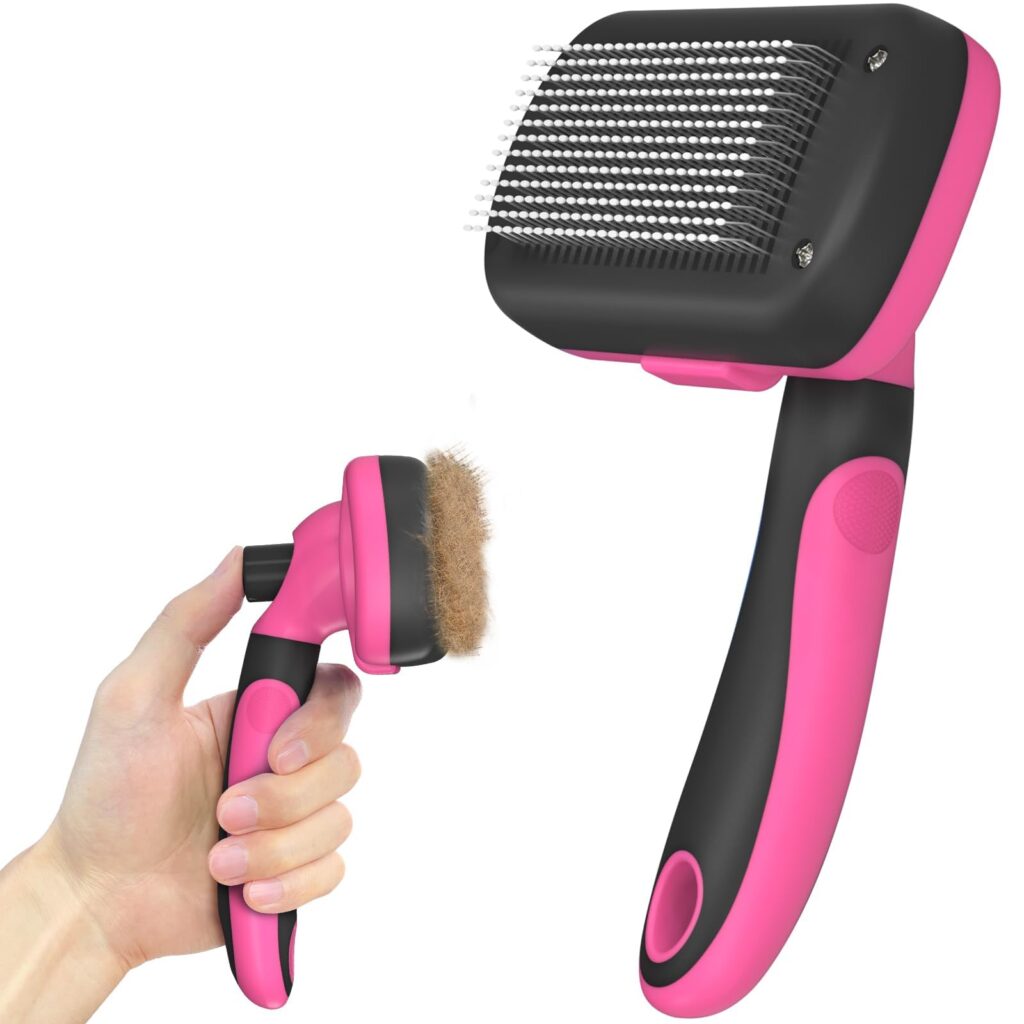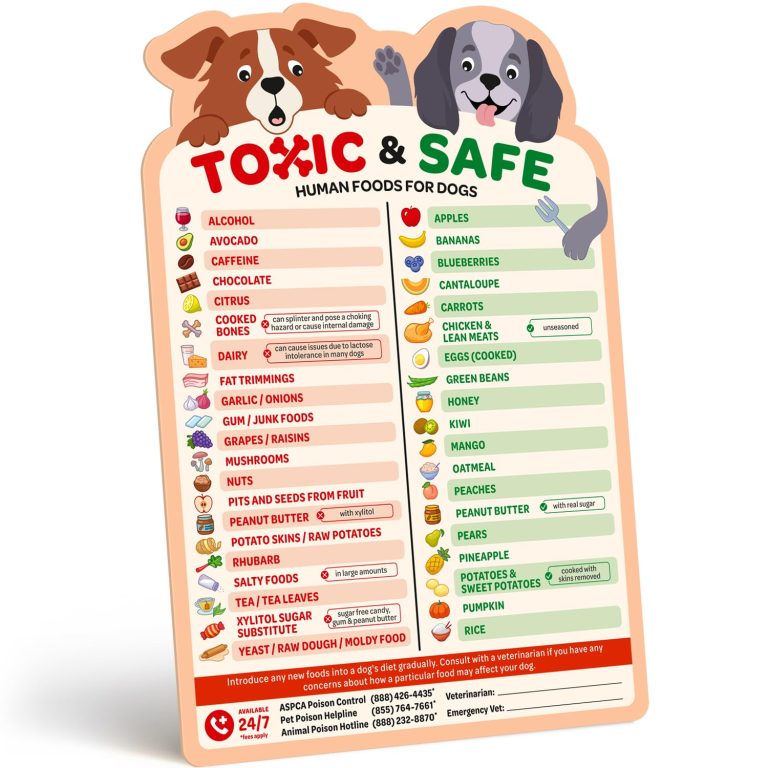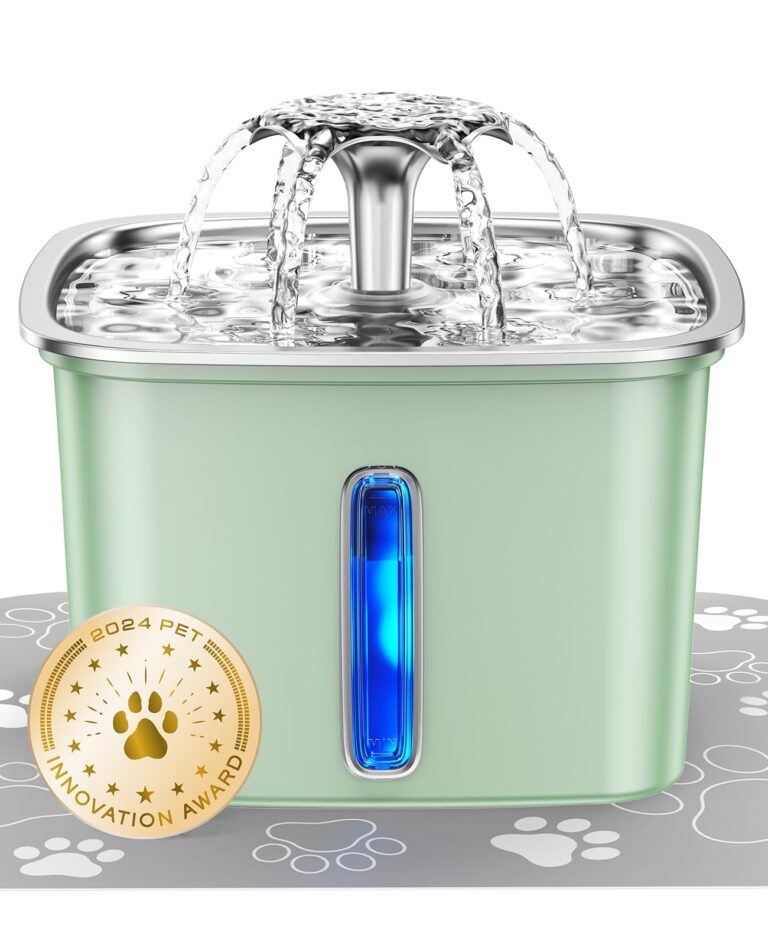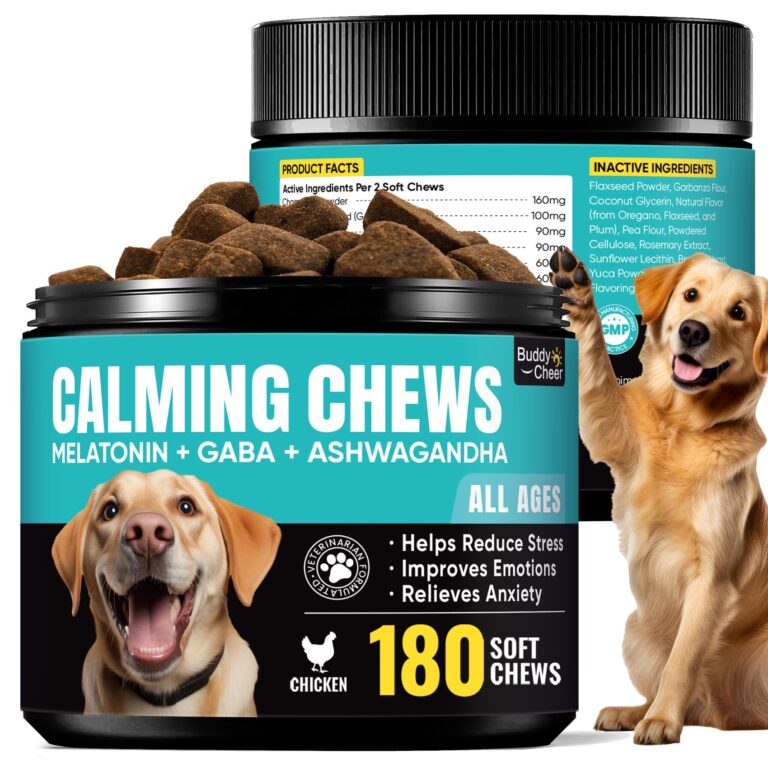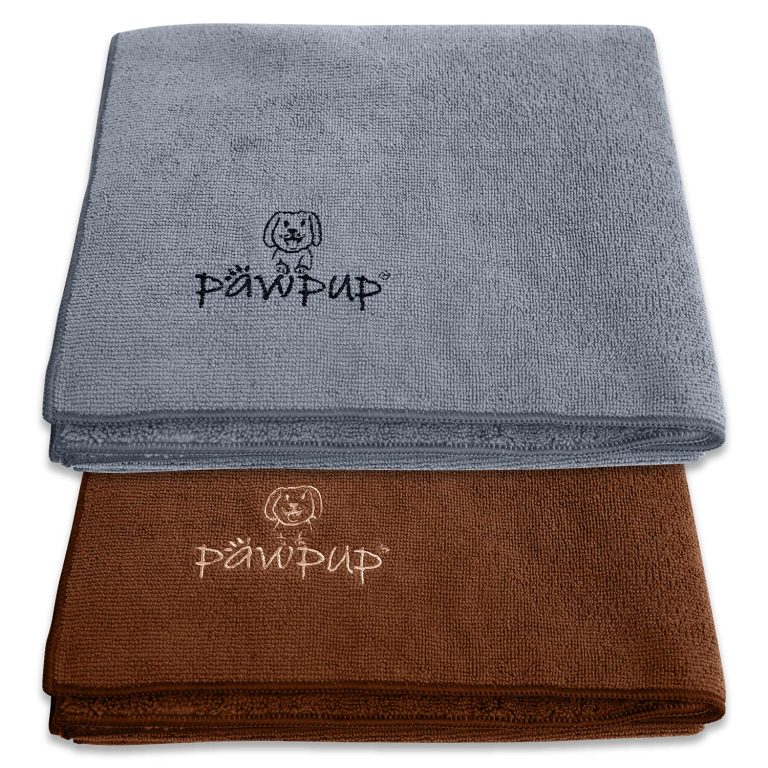Choosing the Right Collar and Harness for Your Dog
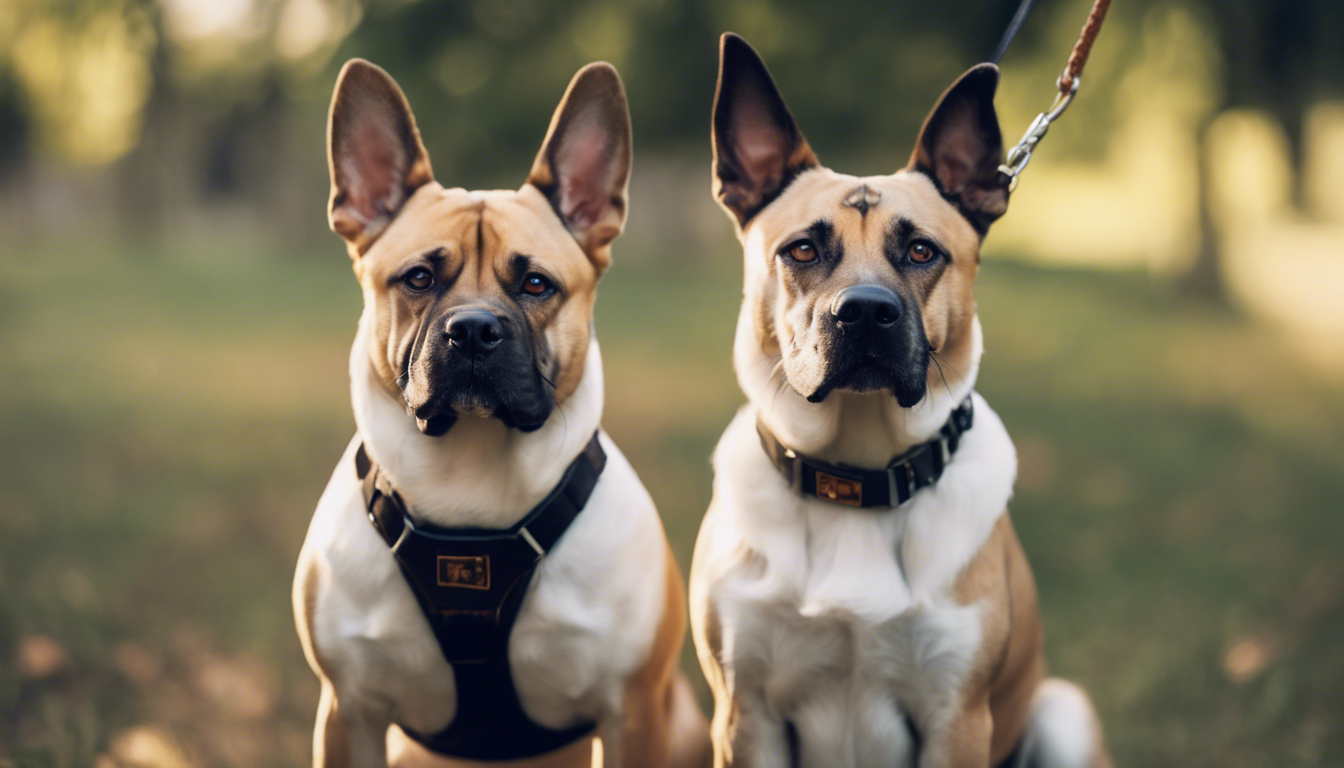
Choosing the right collar and harness for your dog is not only essential for their safety and well-being but also plays a important role in behavior training and companionship. A well-fitting collar and harness can help you establish control over your dog, ensure their comfort, and create a positive bond between you and your furry friend.
Collars vs. Harnesses
When it comes to deciding between a collar and a harness, it’s important to ponder your dog’s breed, size, and behavior. Collars are suitable for most dogs and are primarily used for leash attachment, identification tags, and training purposes. They come in different materials such as nylon, leather, or chain.
On the other hand, a harness offers better control, especially for dogs that tend to pull on the leash or have a predisposition to respiratory issues. Harnesses are designed to distribute pressure across the chest rather than the neck, reducing the risk of injury and discomfort. There are various types of harnesses available, including back-clip, front-clip, and no-pull harnesses.
Think Your Dog’s Behavior
Each dog has a unique personality and behavior traits that should be taken into account when selecting a collar or harness. For dogs that are easily excitable or prone to aggression, a martingale collar (also known as a limited slip collar) is recommended. This type of collar tightens slightly when the dog pulls on the leash, preventing them from slipping out of it.
If your dog tends to pull on the leash during walks, a front-clip harness might be the ideal choice. The attachment point at the front of the harness redirects the dog’s attention towards you when they try to pull, discouraging the behavior.
Proper Fit is Important
Regardless of whether you choose a collar or a harness, proper fit is important for both comfort and safety. Measure your dog’s neck or chest (depending on the type of accessory) and refer to the manufacturer’s sizing chart to find the ideal fit. A collar or harness should be snug enough to prevent slipping off but still allow your dog to breathe and move comfortably.
Remember to regularly check the fit as your dog grows or gains/loses weight. A loose or tight collar or harness can cause chafing, discomfort, and even injury.
Introduce the Collar or Harness Gradually
Introducing a new collar or harness to your dog should be done gradually to ensure they feel comfortable and accept it as a positive part of their routine. Allow your dog to sniff and explore the accessory before putting it on. Initially, wear it for short periods indoors, providing treats and positive reinforcement to associate it with a pleasant experience.
Gradually increase the duration and then move to outdoor use. Remember, it’s important not to rush this process, as a negative association can lead to anxiety or resistance towards wearing the collar or harness.
Maintain Regular Cleaning and Inspection
To keep your dog’s collar or harness in optimal condition, regular cleaning is essential. Many collars and harnesses are machine washable, but always check the manufacturer’s instructions. Additionally, inspection is important to identify any signs of wear and tear, such as frayed material or damaged buckles. Replace damaged accessories promptly for your dog’s safety.
The Right choice for a Happy Pet
Choosing the right collar or harness for your dog plays a pivotal role in their behavior training and overall well-being. By considering your dog’s breed, behavior, and specific needs, you can select a collar or harness that ensures their comfort, safety, and promotes a strong bond between you and your furry companion. Remember, effective pet parenting practices emphasize positive reinforcement, patience, and the right equipment.
